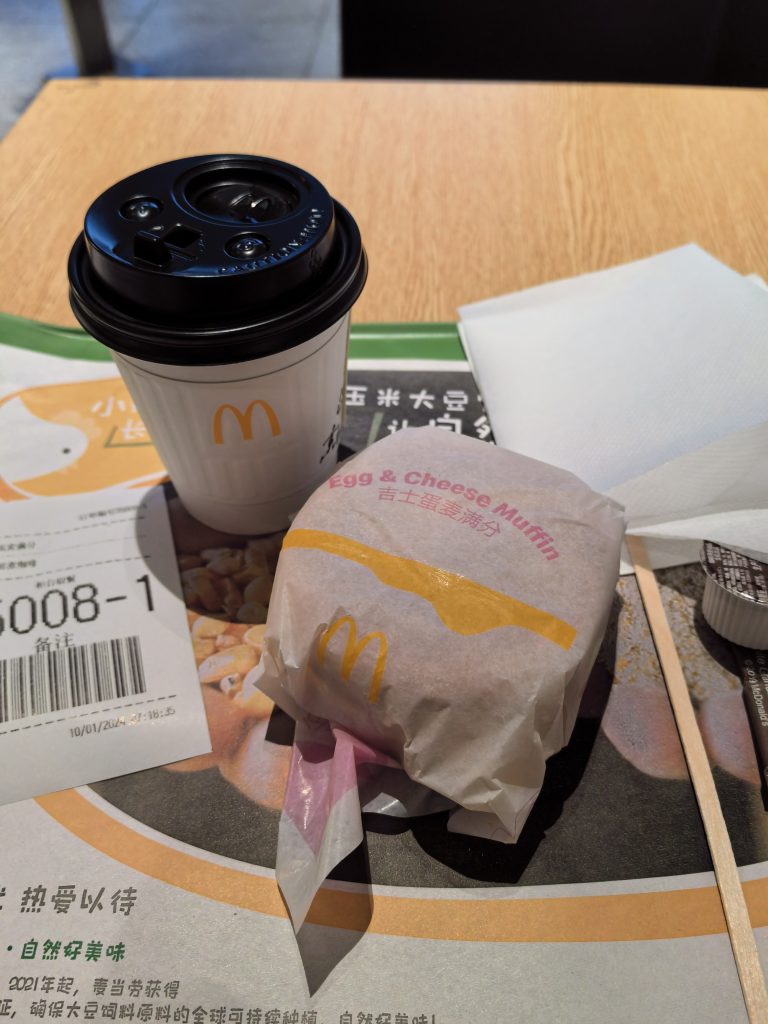VPS在国外的话,在左侧插件栏搜索Genie Ai,安装后,尝试对话会在顶部弹出对话窗口,输入自己的OpenAI Key就可以对话使用了。
也试了下国内的VPS(阿里云做活动99一年没忍住下手了),用自己搭建的Openai代理api速度慢,可以换用Azure的接口。
需要吐槽下,国内服务器的SSL证书配置相对麻烦,阿里云的免费证书现在只有3个月期限了,还需要自己手动导入。除了价格因素,感觉没有其他优势了。。。

VPS在国外的话,在左侧插件栏搜索Genie Ai,安装后,尝试对话会在顶部弹出对话窗口,输入自己的OpenAI Key就可以对话使用了。
也试了下国内的VPS(阿里云做活动99一年没忍住下手了),用自己搭建的Openai代理api速度慢,可以换用Azure的接口。
需要吐槽下,国内服务器的SSL证书配置相对麻烦,阿里云的免费证书现在只有3个月期限了,还需要自己手动导入。除了价格因素,感觉没有其他优势了。。。
宝塔面板的软件商城中,可以找到code server,进行一键安装,安装后生成访问地址,网址格式为https://+主机IP地址+端口+安全口令。访问速度取决于服务器与本地连接速度。
code server与本地的vs code基本相同,但需要进一步配置域名,才能正常使用jupyter notebook。
我的方法是利用宝塔网站模块,新增网站域名(并在自己的dns解析绑定服务器ip),在ssl设置模块申请免费证书,并在反向代理模块,添加此服务的ip访问地址。这样就可以正常使用jupyter notebook了。
ps 安装插件Jupyter和python environment
—-分割线—–
可道云onlyoffic网址配置格式
https://onlyoffice配置域名/web
之前想给kodbox配置onlyoffice,实现文件的在线编辑。尝试利用宝塔一键安装onlyoffice,获得访问ip+端口,然后同样设置域名绑定ssl证书通过反向代理绑定。但一直出错,不知道问题怎么解决。
昨天按照可道云官方说明,采用终端命令行安装onlyoffice,利用Docker搭建了本地服务,和宝塔配置过程基本一样,最开始也不成功,直到在域名后面加了/web这个小尾巴。。。
配置好jupyterhub后,运行了以下nougat的文字识别,没有GPU的小服务器慢得不行。
然后突然不能访问了,博客、bbs还有网盘都不能访问了,和客服沟通强制断电了重启恢复了。吓了一跳。
Excel与VBA的交互,受个人电脑环境影响很大,经常不能正常运行。考虑python更为通用,但谷歌colab国内不方便访问,国内的其他平台又有各种网络限制,考虑利用手头的vps搭建Jupyterhub,便于在外网环境下学习python、快速安装依赖,未来也便于程序工具的传播分发。安装踩坑记录如下:
- 失败:宝塔面板软件商城搜索Jupyterhub,一键安装,顺利访问并配置域名,但python版本过低(3.6),尝试安装【沉浸式翻译】推荐的ocr识别Nougat失败。
- 失败:Jupyterhub TLJH版本 , 此处为官方的安装命令,哔哩哔哩上有教程可参考。
- 部分成功:按知乎的这篇文章《docker 搭建 python教学环境 jupyterhub + nbgrader 教程 – 知乎 (zhihu.com)》部署,很快成功,可通过ip+8000端口进行访问。(在这之前尝试了,但未成功,无法访问),python版本3.10.12
- 完全成功:因为之前未配置ssl的ip被封锁过几次,所以考虑给访问ip配置域名和ssl证书。但登录发现代码无法运行,在chatgpt提示下对宝塔Nginx进行了配置修改,最终可以通过域名进行访问。
操作记录及复现(在已经安装了宝塔面板的Ubuntu系统下):
# 安装jupyterhub
## 拉取docker 镜像
docker pull jupyterhub/jupyterhub
## 使用 docker 启动 JupyterHub
docker run -d -p 8000:8000 -v /srv:/srv -v /jupyterhub:/home --name jupyterhub jupyterhub/jupyterhub jupyterhub
## 进入docker容器中
## 查看容器ID
docker ps
## 进入容器命令行
docker exec -it 容器ID /bin/bash
## 输入以下命令,否则进入jupyterhub会出现错误
## 最好执行一下这个命令 apt-get update 以便于后续安装各种linux系统软件
pip install jupyterhub --upgrade
pip install notebook --upgrade
## 添加用户,输入密码,用户名和密码就是登陆jupyterhub 的用户名和密码
adduser admin
## 此时访问服务器8000端口即可访问jupyterhub,使用创建好的用户名和密码等即可Chatgpt提示操作,相对复杂,还没搞明白
首先在vps和docker上安装python3.10-venv
# 在vps上配置
sudo apt install python3.10-venv
#在docker上配置,先找到容器ID,进入容器后配置
docker ps
docker exec -it [容器ID] bash
apt update
apt install python3.10-venv
#重启 Docker 容器,在用户登录JupyterHub后,在notebook中配置
## 1 创建虚拟环境
import sys
!{sys.executable} -m venv myenv
## 2 输出当前的工作目录
import os
print(os.getcwd())
## 3 用获得的工作目录替代venv path(删除线部分)
import os
import sys
# 使用您的虚拟环境实际路径
venv_path = "/home/user/projects/myenv"
# 更新环境变量
os.environ['VIRTUAL_ENV'] = venv_path
os.environ['PATH'] = venv_path + "/bin:" + os.environ['PATH']
sys.path.insert(0, venv_path + '/lib/python3.x/site-packages')
# 安装软件汇率制度的不可能三角,也称为“三元悖论”或“蒙代尔-弗莱明不可能三角”,是国际经济学中一个核心概念。该理论指出,在开放经济条件下,一国政府无法同时实现以下三个目标:
这三种政策目标之间存在内在冲突。如果一个国家希望保持资本的完全流动性并拥有独立的货币政策制定权,那么它将难以维持固定汇率;反之亦然,如果想要维持固定汇率且允许资本自由流动,则必须放弃独立的货币政策;若要维持固定汇率并保持货币政策自主性,则必须对资本流动加以管制。
这一理论意味着决策者在设计和实施宏观经济政策时,不得不在这三个方面做出取舍,最多只能同时满足两个目标,而第三个目标则需要作出妥协或牺牲。
发现ChatGPT3.5给出的中文答案是错误的,阿里的通义千问回答的反而更好。但给对英文提示词,ChatGPT背书效果更好。
国际货币基金组织(IMF)按照汇率弹性从小到大,将各国汇率制度分为以下八种类型:
这些分类有助于描述不同国家和地区货币当局对汇率管理的不同方式以及其货币相对于其他货币的价值变动程度。
exchange rate regimes
Exchange rate regimes refer to the systems or frameworks that countries use to determine the value of their currency in relation to other currencies. These regimes can vary in terms of flexibility and the degree of government intervention in the foreign exchange market. Here are some common exchange rate regimes:
These are some of the main exchange rate regimes, and countries may adopt different regimes based on their economic conditions, policy objectives, and preferences. It’s important to note that exchange rate regimes can change over time as countries reassess their monetary policies and economic circumstances.
一般情况下,以历史成本计量存货价值。
农产品、林业产品、矿产品,且存在活跃交易市场的特殊情况下,可采用可变现净值(NRV,net realizable value)计量存货价值。
此时无需考虑存货减值问题。
高存货周转率与低存货周转天数,普通情况下代表了较高的运营效率。
特殊情况下,如存货发生减值,也会出现相同状况,但实际的周转效率并未发生改变,是负面信号,需要注意区分。
生产企业的车间岗位,一般采用连续生产作业制度。每周工作时长=24*7=168h。中国劳动法规定每个工人每周工作小时数40h。在到岗率100%情况下,每个岗位需要的定员人数=168/40=4.2人。生产排班按4班3倒,每班工作8小时;或4班2倒,每班工作12小时,控制工人劳动总时间不超过劳动法规定,都是合规的。但实际生产普遍存在3班2倒的情况,此时每人每班工作时长=168/3=56h,每周的加班时长=56-40=16h,超出劳动法规定的每周加班最高时长9小时(每月最高36小时)。虽然减少了总的用工人数,但属于违规违法行为。项目设计的劳动定员总人数需求,应合法合规。国外矿山项目,因位置偏僻,与主要城市距离远,往往采用集中工作、集中休假的模式。普通工作模式下,每周工作40小时,每周剩余休息时间=24*7-40=128h。如每天工作12h,连续工作一周可积累休息时间=12*7/40*128-12*7=184.8h,折合7.7天。在矿山现场工作与在城市休息的比例接近1:1。既为运营方节约通勤费用,也减少了工人的通勤时长。现场劳动人员总数减少,有利于缩小生活区规模,节约生活区投资及营运成本。
前天付款的时候居然误操作,没有买到打折卡,没有享受六折优惠,手残啊。今天补上
